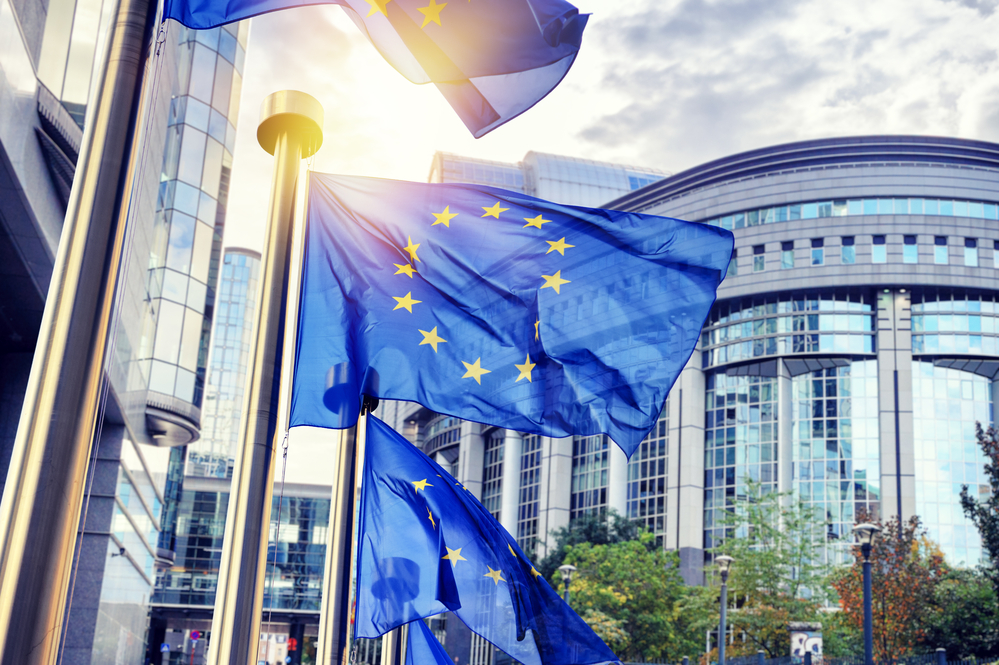The European Commission has announced plans to send up to €3 billion per year to Ukraine using profits from frozen Russian assets.
With over €210 billion in Russian state funds frozen in Belgium alone, the EU aims to generate €2.5-€3 billion annually, after taxes, by utilizing the interest on these assets. The exact amount will depend on interest rates, as the frozen assets of the Russian Central Bank are held in various EU countries and currencies.
“We are today keeping up pressure on Russia and holding it accountable for its illegal act of aggression and for the massive damage and suffering it has caused,” EU Commissioner Valdis Dombrovskis said in a statement.
The majority of the funds, 90%, will be channeled through the European Peace Fund to supply Ukraine with munitions. This comes in addition to a recent €5 billion deal under the European Peace Fund and the EU's first €4.5 billion bridge financing from the Ukraine facility.
While the plans still require agreement from EU member states meeting in the Council, officials now hope first payments could take place as soon as July.
Ukrainian Prime Minister Denys Shmyhal welcomed the EU’s new proposal but said it was only the first step.
“We insist on the full confiscation or other use of all frozen assets,” Shmyhal told. “Europe and the world need an effective precedent for making the aggressor pay a heavy price for the destruction it has caused in Ukraine.”
EU High Representative for Foreign Affairs Josep Borrell expressed hope for a swift agreement.
"I hope that we can agree soon and change notes into weapons, because your [Ukrainian] soldiers don't fight with banknotes," said Borrell.
Despite concerns from the European Central Bank about potential implications for the euro's credibility as a global reserve currency, EU officials appear determined to move forward with the plan. If approved by EU member states, the first payments could be made as early as July 2023.
Read more:
- Borrelll to submit plan for using frozen Russian asset revenues for Ukraine weapons
- Borrell: European Commission provides $ 4.8 bn in its first macro-finance tranche to Ukraine
- EU gives final approval to €5 billion in military aid for Ukraine




